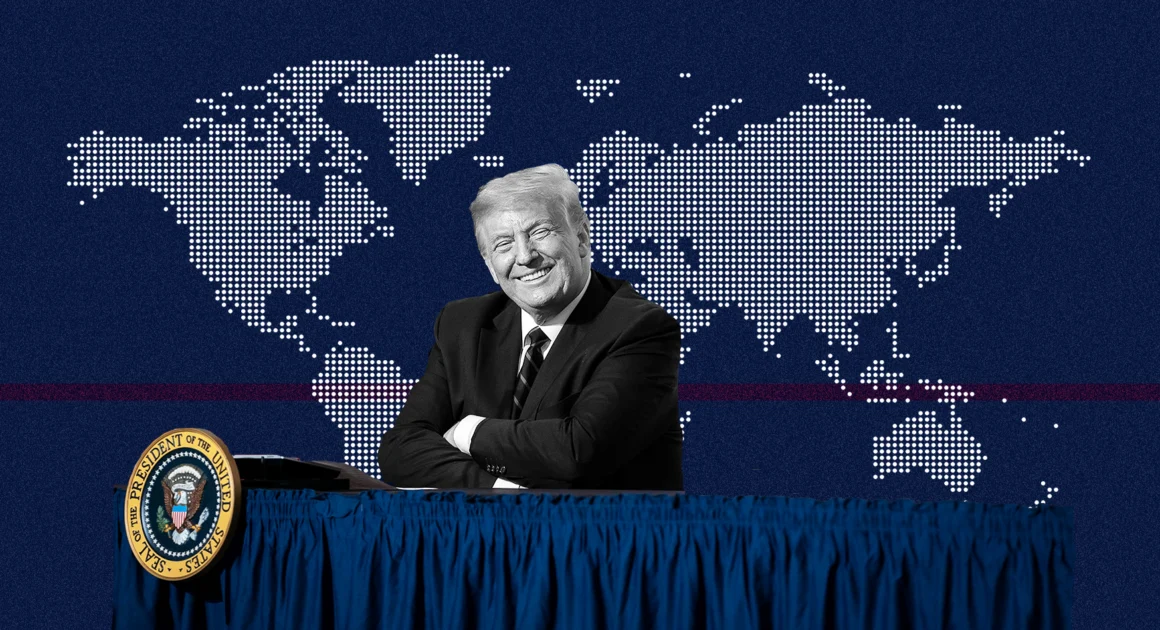Election of 1876: A Comparative Controversy from Rutherford B. Hayes to Donald Trump
Introduction
In U.S. history, few events stir as much controversy and debate as contested presidential elections. When it comes to comparisons, the 1876 election of Rutherford B. Hayes and the recent elections from 2016 to 2024 stand out for their remarkable parallels in contested outcomes, accusations of corruption, and allegations of interference. While separated by over a century, these elections reveal enduring vulnerabilities in the democratic process and underscore how political divisions can test the nation’s resilience. This blog will delve into the intriguing comparisons between the disputed 1876 election and recent ones, exploring themes of election corruption, hacking, insurrection, and the legal battles surrounding Donald Trump.
The Election of 1876: A Crisis of Trust
The 1876 election was one of the most controversial in American history. Democrat Samuel J. Tilden and Republican Rutherford B. Hayes faced off in a hotly contested race that ultimately came down to disputes over electoral votes in four key states: South Carolina, Florida, Louisiana, and Oregon. Tilden won the popular vote, but with 20 electoral votes in question, the final decision fell into dispute, leading Congress to create a special electoral commission.
In the infamous “Compromise of 1877,” an agreement was reached that allowed Hayes to assume the presidency in exchange for ending Reconstruction. This backroom deal, perceived as a form of corruption, led many Americans to view Hayes’ presidency as illegitimate. The process revealed significant cracks in the electoral system and left lingering distrust that would shape future elections.
Parallels to Modern Times: 2016–2024
The 2016 to 2024 elections have similarly sparked fierce debate over legitimacy, with claims of corruption, foreign interference, and misinformation campaigns, particularly concerning Donald Trump. Below are some key parallels between the elections of 1876 and the recent ones:
1. Allegations of Election Corruption
- 1876: The Hayes-Tilden election exposed the influence of political machinery and behind-the-scenes deals. The perception of a corrupt bargain marred Hayes’ presidency, undermining trust in democratic institutions.
- 2016–2024: Allegations of election interference reached a new height in 2016, with accusations of Russian meddling aimed at influencing the outcome. The 2020 election saw claims of widespread voter fraud from Donald Trump and his supporters, leading to dozens of lawsuits challenging the results. This rhetoric intensified further in 2024, with ongoing accusations of corruption and electoral manipulation from both sides, leaving many Americans questioning the integrity of the system.
2. Foreign Interference and Hacking
- 1876: While foreign interference was not a central issue, manipulation by partisan actors highlighted vulnerabilities within the election process. The election underscored the potential influence of powerful political forces on the outcome.
- 2016–2024: The rise of digital technology has opened the door to foreign interference in new and complex ways. In 2016, intelligence agencies confirmed Russian hacking attempts and misinformation campaigns intended to influence public opinion. In 2020 and beyond, cybersecurity and election integrity have become pressing issues, with concerns that other foreign actors may attempt similar interference through hacking and misinformation, adding new layers to the problem of electoral legitimacy.
3. Claims of Insurrection and Civil Unrest
- 1876: Although there was no single event comparable to the 2021 Capitol riot, the Hayes-Tilden election occurred during a time of heightened tension. The end of Reconstruction and subsequent withdrawal of federal troops led to political unrest and violence, particularly in the South, as African American rights and Reconstruction policies were abandoned.
- 2021 Capitol Riot: The events of January 6, 2021, shocked the nation as Trump supporters stormed the Capitol, contesting the 2020 election results. The insurrection marked a profound moment in American history, raising questions about the stability of democracy in the face of intense political division. The Capitol riot stands as a modern-day echo of the post-election turbulence of the 1870s, when unresolved political disputes led to significant unrest and a fractured nation.
4. Legal Battles and Court Cases
- 1876: The special electoral commission established to resolve the Hayes-Tilden dispute served as an ad hoc solution to the legal uncertainty surrounding the election. The compromise that resulted, while effective in seating Hayes as president, left many Americans feeling betrayed by the lack of transparency and accountability in the decision-making process.
- 2016–2024: Since his first campaign, Donald Trump has been entangled in a series of legal challenges, which have only intensified over time. Post-2020, Trump’s refusal to accept the election results led to numerous lawsuits across multiple states, though most were dismissed due to lack of evidence. The legal battles continued into the 2024 campaign, with Trump facing a unique situation as the only former president and candidate contending with indictments and court proceedings. This legal turbulence has set a precedent for unprecedented court involvement in the election process, mirroring the contested judicial interventions of 1876.
Key Takeaways: Then and Now
The similarities between the election of 1876 and those from 2016 to 2024 illustrate how certain themes in American politics have remained constant: the risk of corruption, fears of illegitimacy, and a deeply divided electorate. The following insights emerge from these comparisons:
- Persistent Vulnerabilities: Both eras reveal vulnerabilities in the U.S. election system. While 1876 highlighted the dangers of political manipulation and backroom deals, recent elections have underscored the threat of foreign interference and digital security issues.
- Impact on Public Trust: The compromised legitimacy of the 1876 and recent elections has had lasting effects on public trust. Just as the Compromise of 1877 left many disillusioned, the recent accusations of election fraud and corruption have led to declining confidence in democratic institutions.
- The Role of Technology: In contrast to 1876, where technology was limited, the modern age has brought new challenges through hacking and social media misinformation. This evolution has complicated the landscape of election security, requiring ongoing adaptations to protect against foreign and domestic threats.
- Judicial Involvement: Both the Hayes-Tilden dispute and the Trump cases emphasize the judiciary’s role in determining electoral outcomes. While the 1876 commission was a one-time response to unprecedented circumstances, the ongoing legal entanglements in Trump’s campaigns suggest an increasing reliance on the courts to resolve political issues, potentially setting concerning precedents.
Conclusion
The contested elections of 1876 and those from 2016 to 2024 serve as critical lessons in the resilience and fragility of democracy. They remind us that the integrity of elections is paramount and that maintaining public trust is as essential now as it was in the 19th century. As America moves forward, reflecting on these historical parallels offers a unique perspective on the importance of transparency, accountability, and unity in the democratic process. Understanding and addressing these enduring issues will be essential in ensuring that future elections inspire confidence rather than controversy, fostering a system that serves all Americans.









